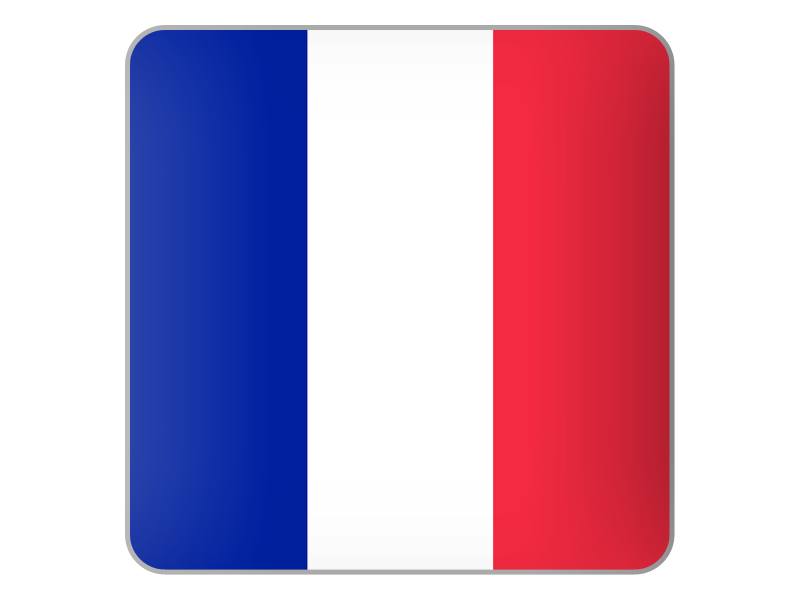
What’s the purpose of the color wheel?
Colors, tints, shades, tones, …
Choosing the right color is often a complex task. We find ourselves torn between our personal preferences and what truly suits our needs.
The color wheel steps in to provide us with valuable information and characteristics that simplify our daily choices and make our lives easier.
How does the color wheel work?
The color wheel is structured in a way that rationally presents the colors visible to the human eye, emphasizing the concepts of primary colors, secondary colors, and complementary colors.
It also helps us distinguish between two major color families:
▪Cool colors: Greens, blues, and purple-blues. These shades impart a sense of freshness and are often considered subtle. When applied to surfaces, like walls, they can create an illusion of a larger space and contribute to a calming atmosphere, which is why blue is often recommended for bedrooms.
▪Warm colors: Purple-red, red, orange, and yellow. These hues bring warmth to a space and tend to grab attention. They have the effect of making a room’s elements feel closer together, creating a warm and intimate ambiance.
What’s the extra benefit of the color wheel?
The colors on the color wheel can also be represented in a saturated or bright manner.
What does this mean?
These colors do not contain white, black, gray, or complementary colors. White, black, gray, or complementary colors can be used to desaturate saturated, luminous, or pure colors, making them less vivid.
CONTACT US
- 158, Rue Ahmed Al Bakri 1er étage, Casablanca 20250. Maroc
- +212 -614131303
-
artiste@asmaaryad.com

